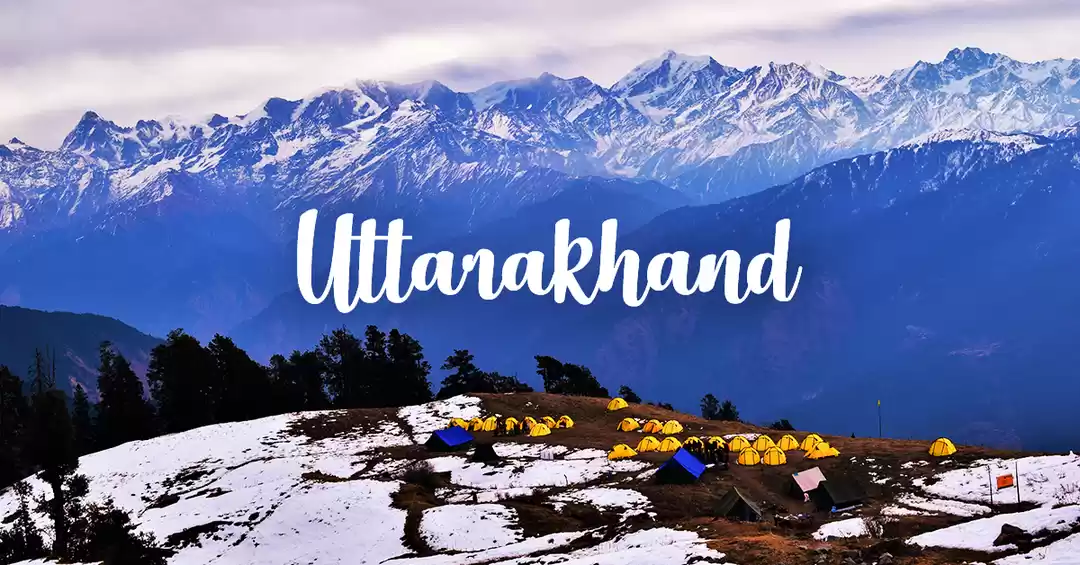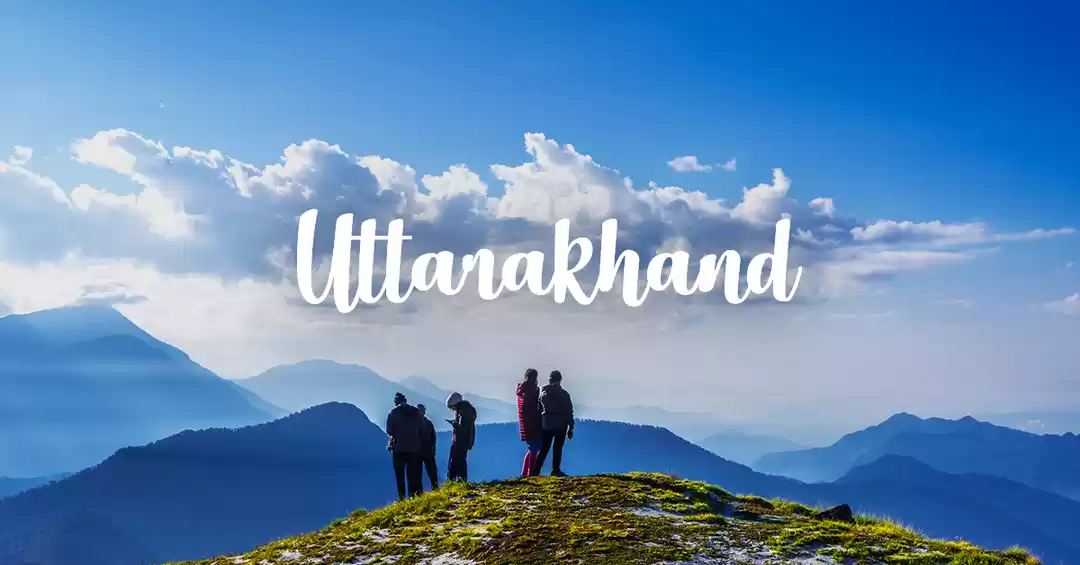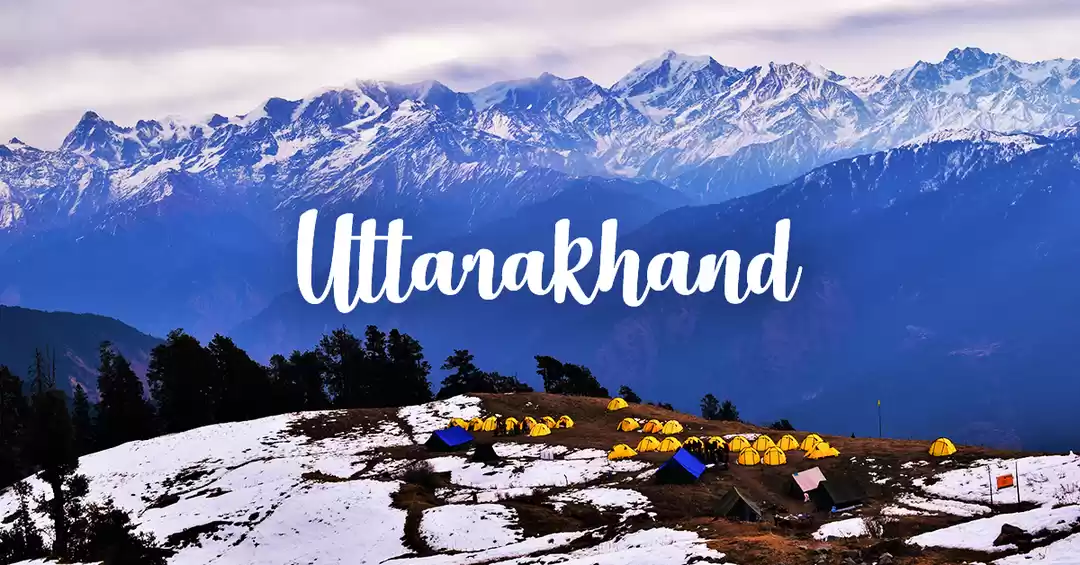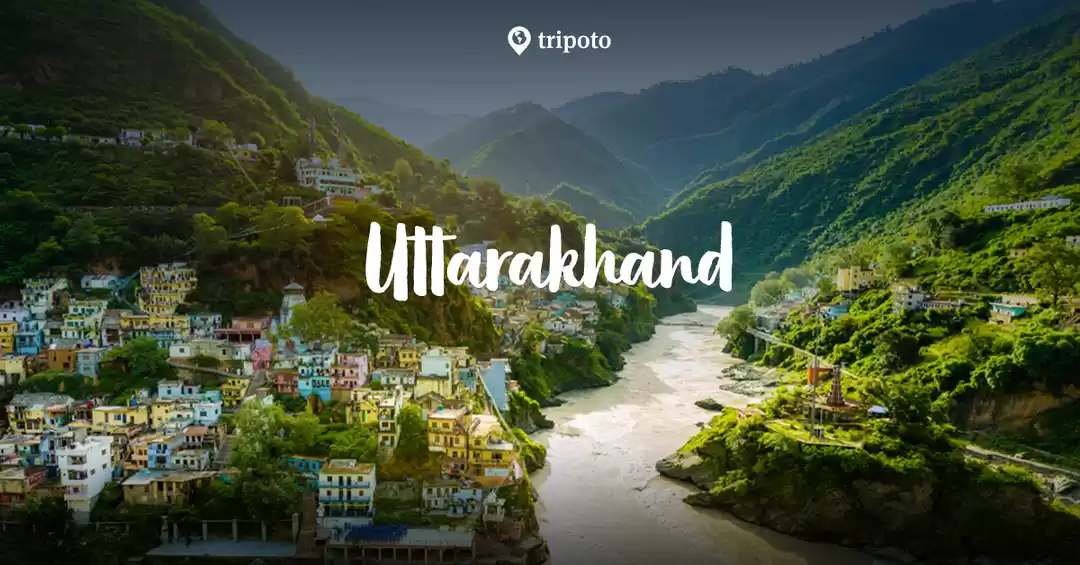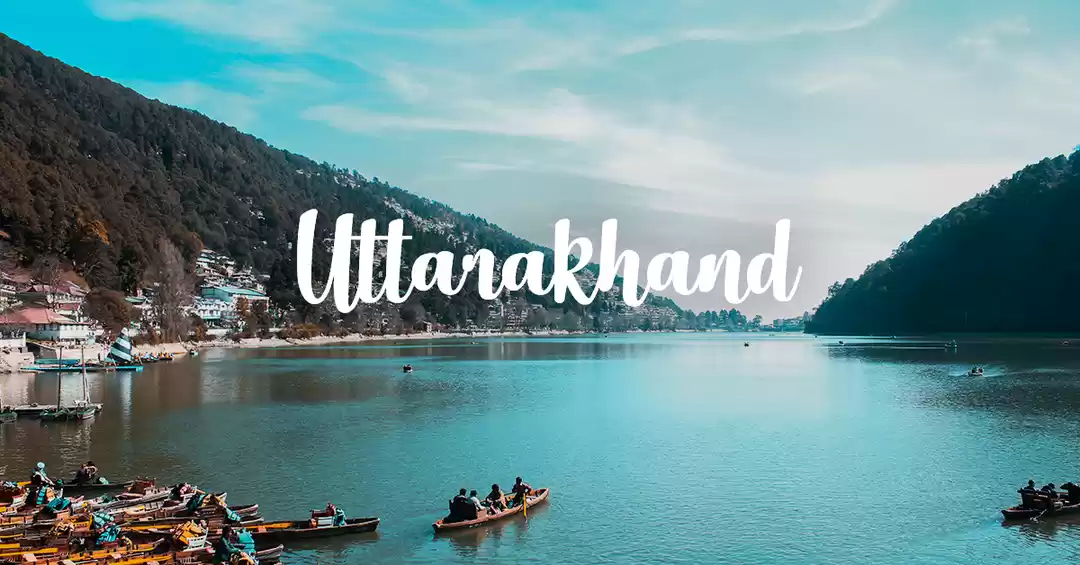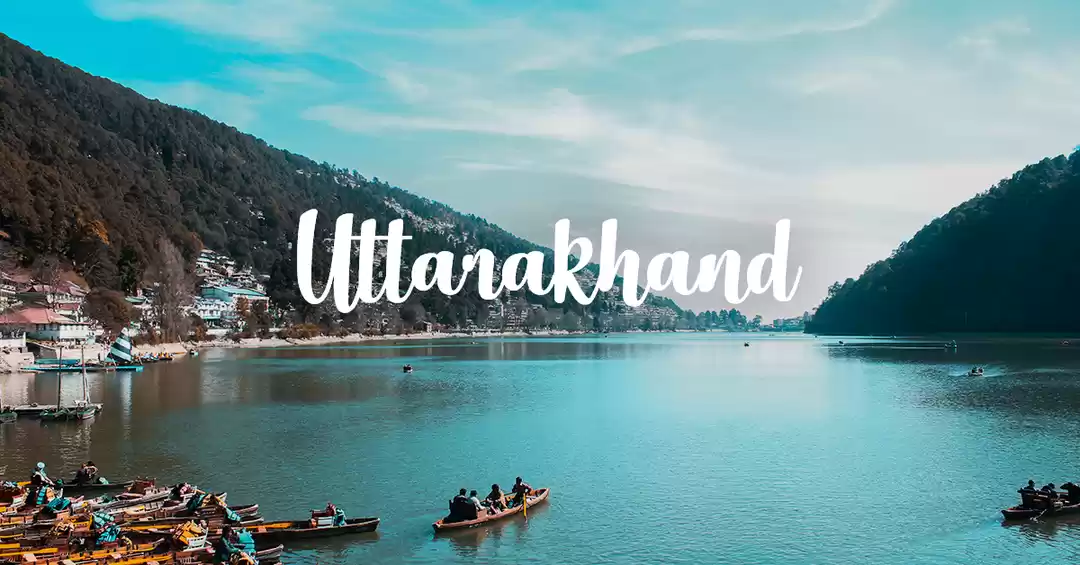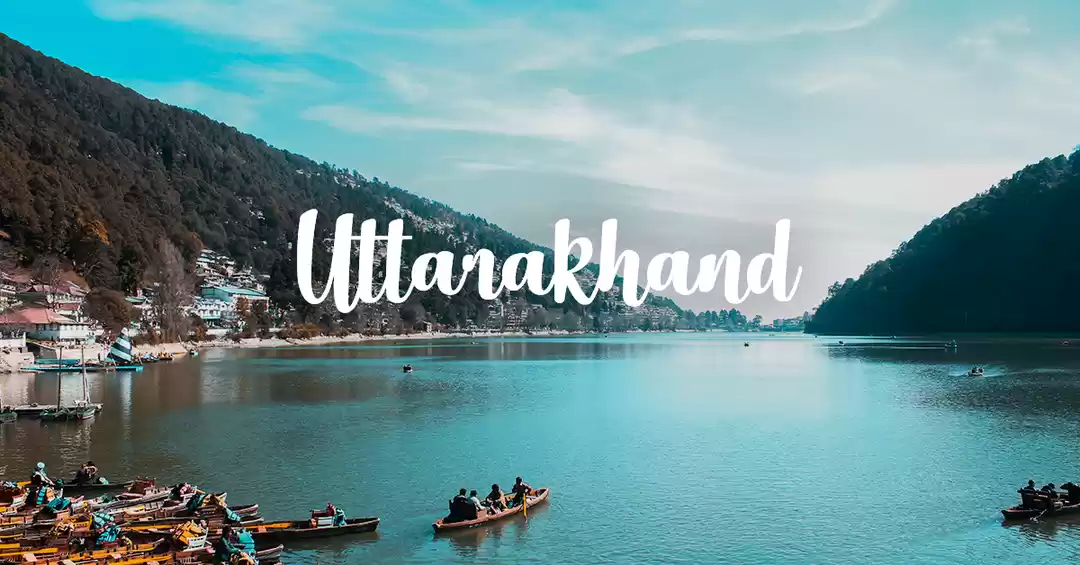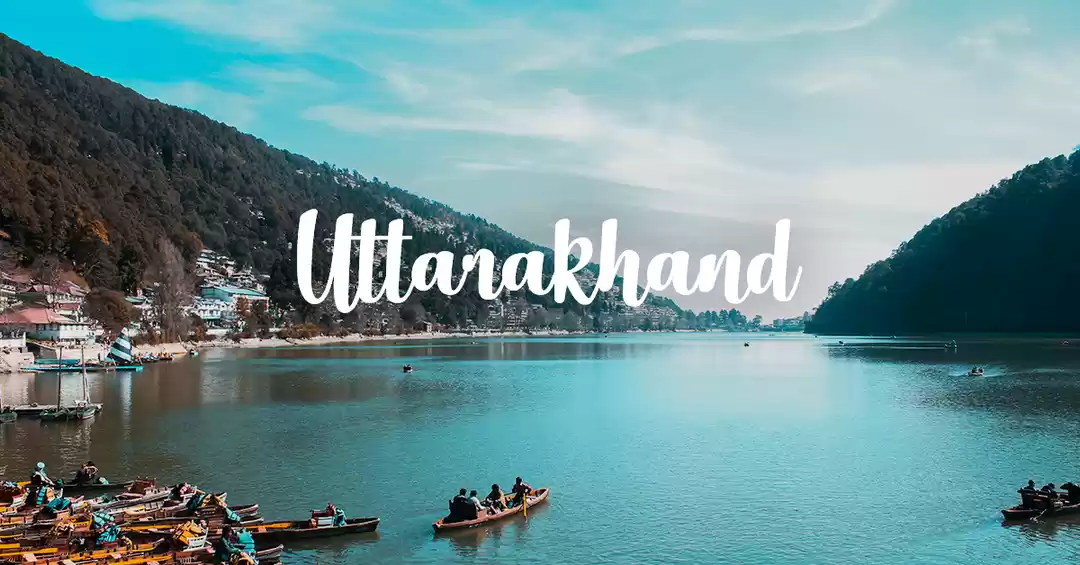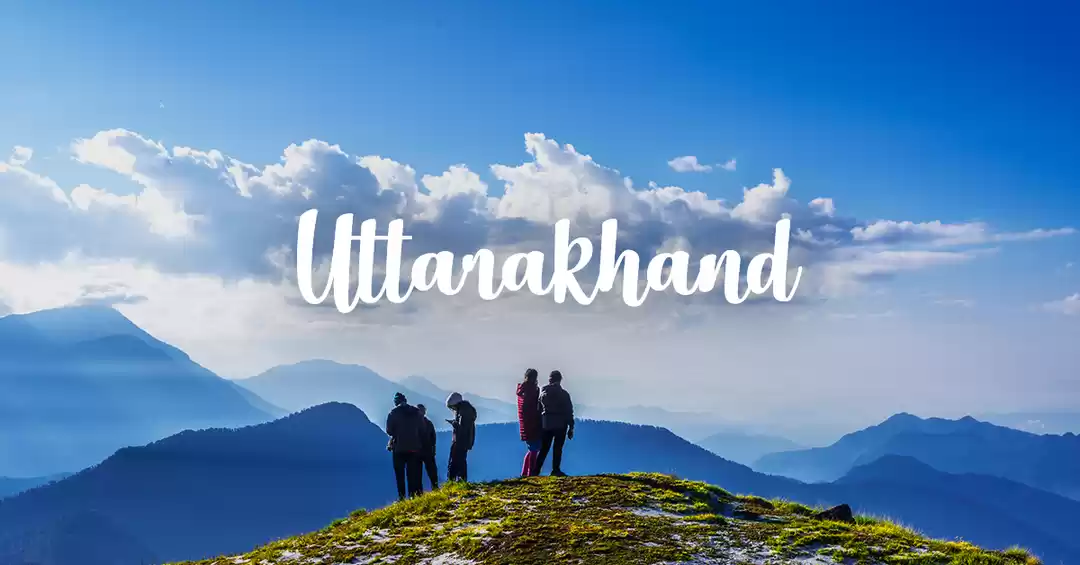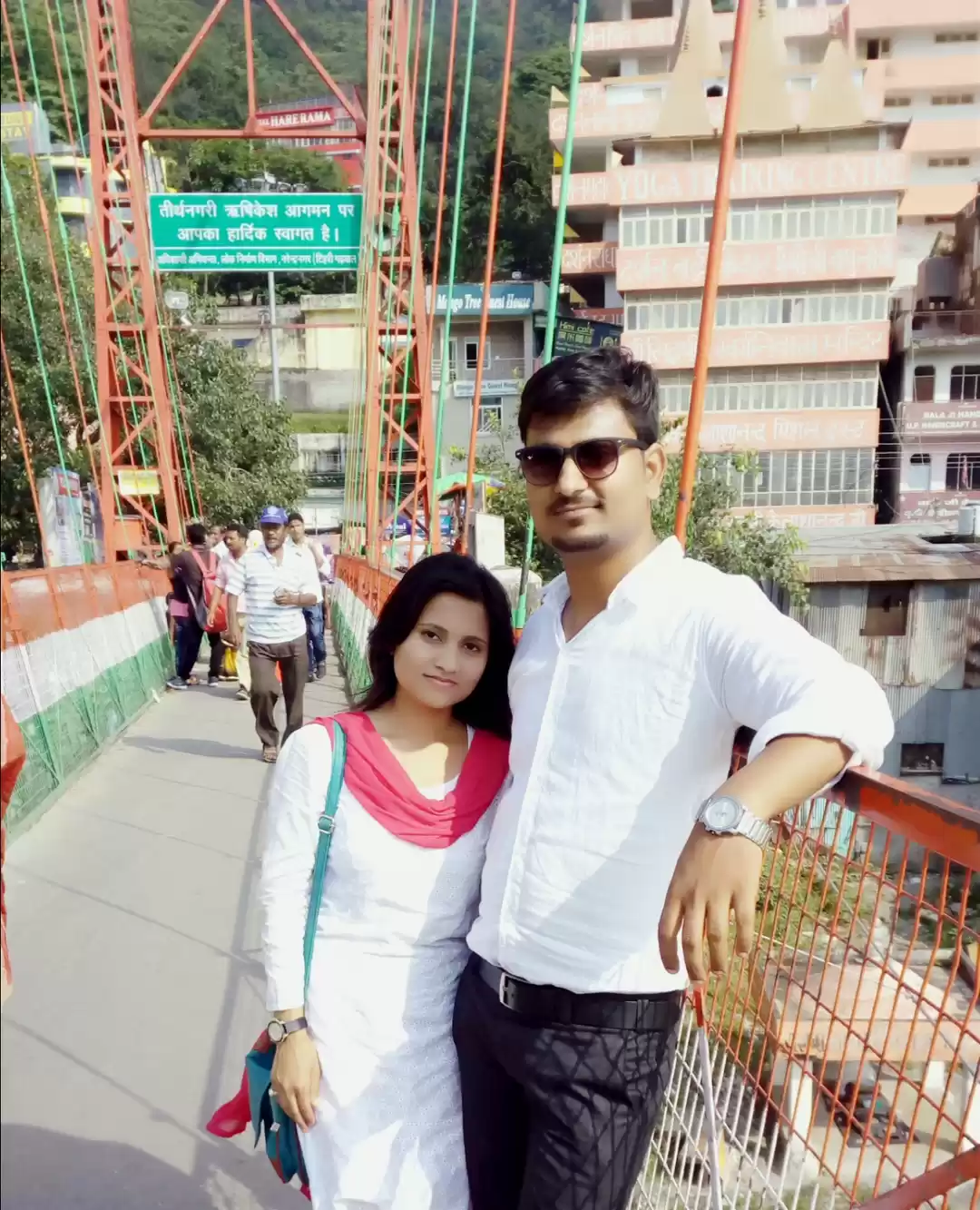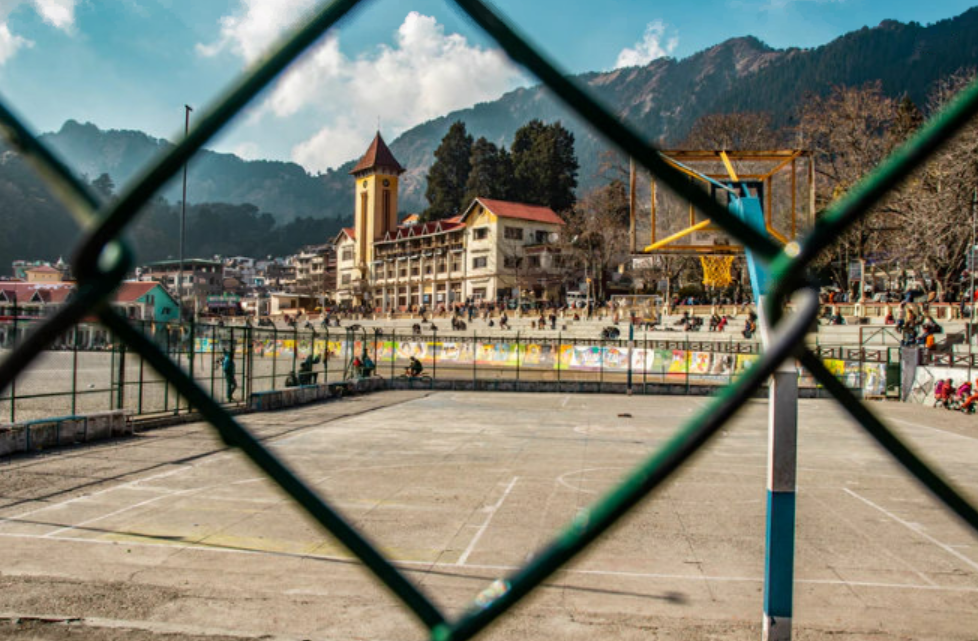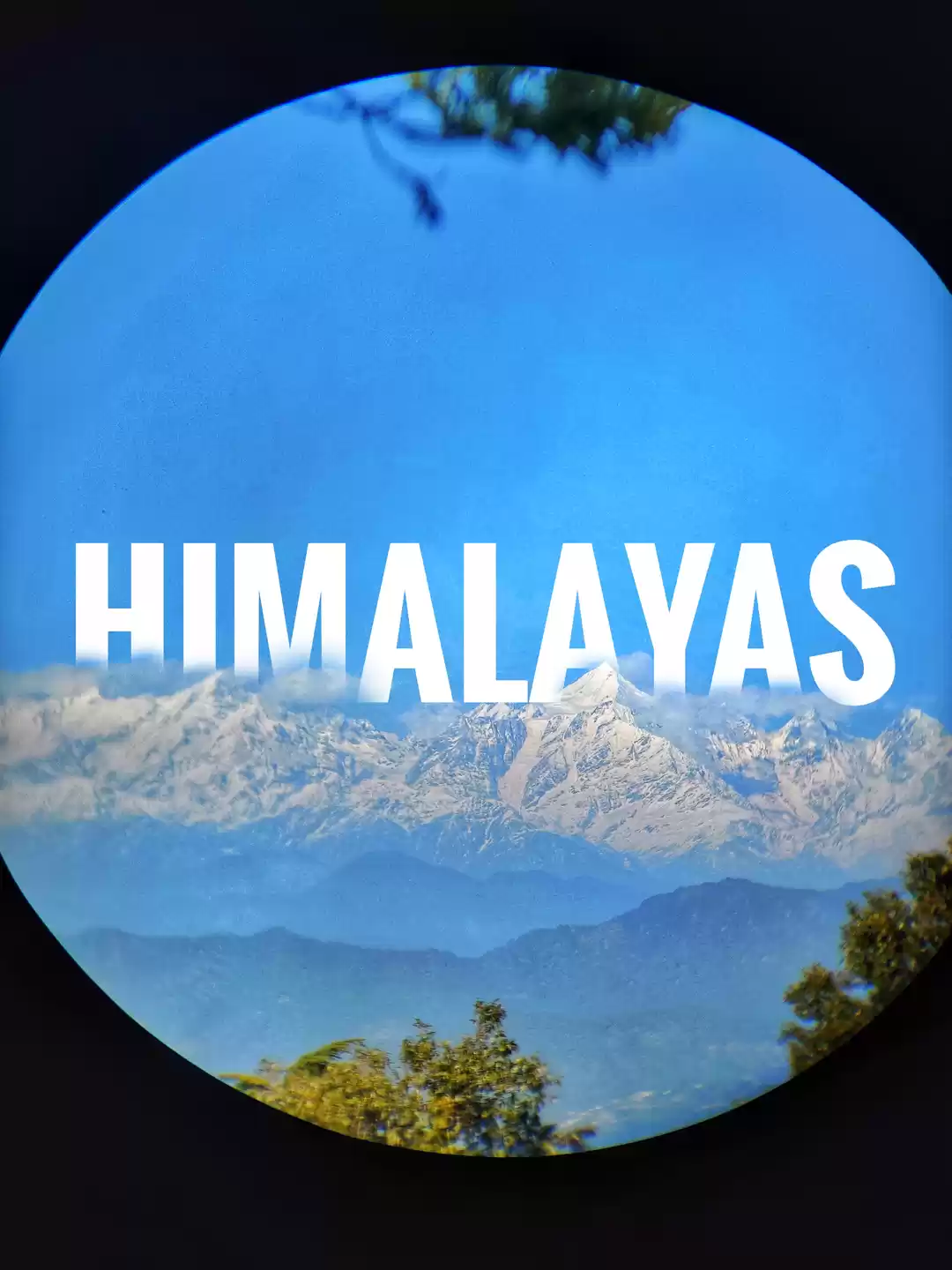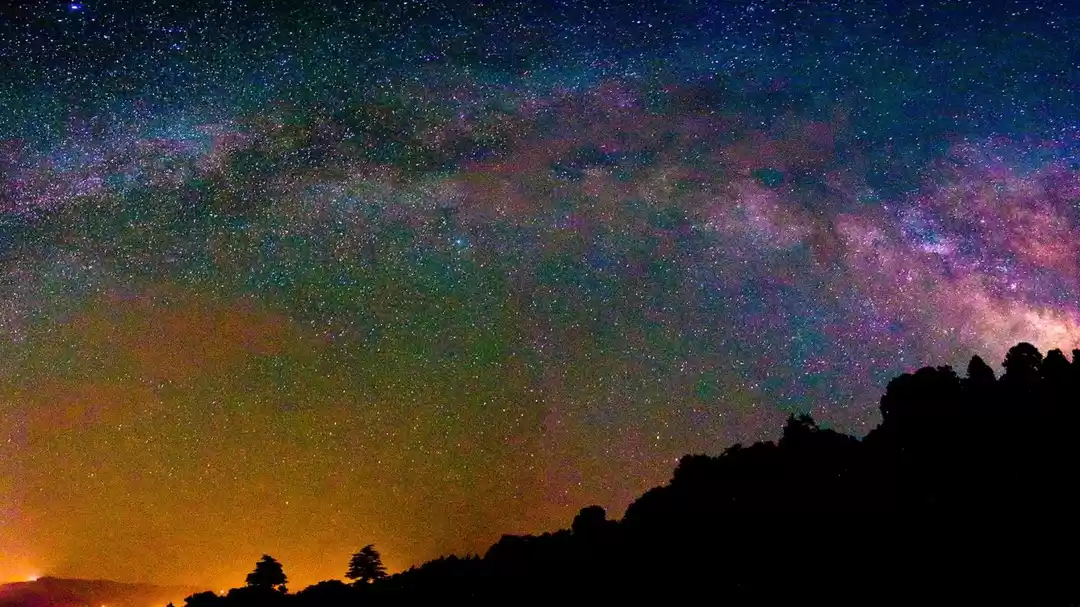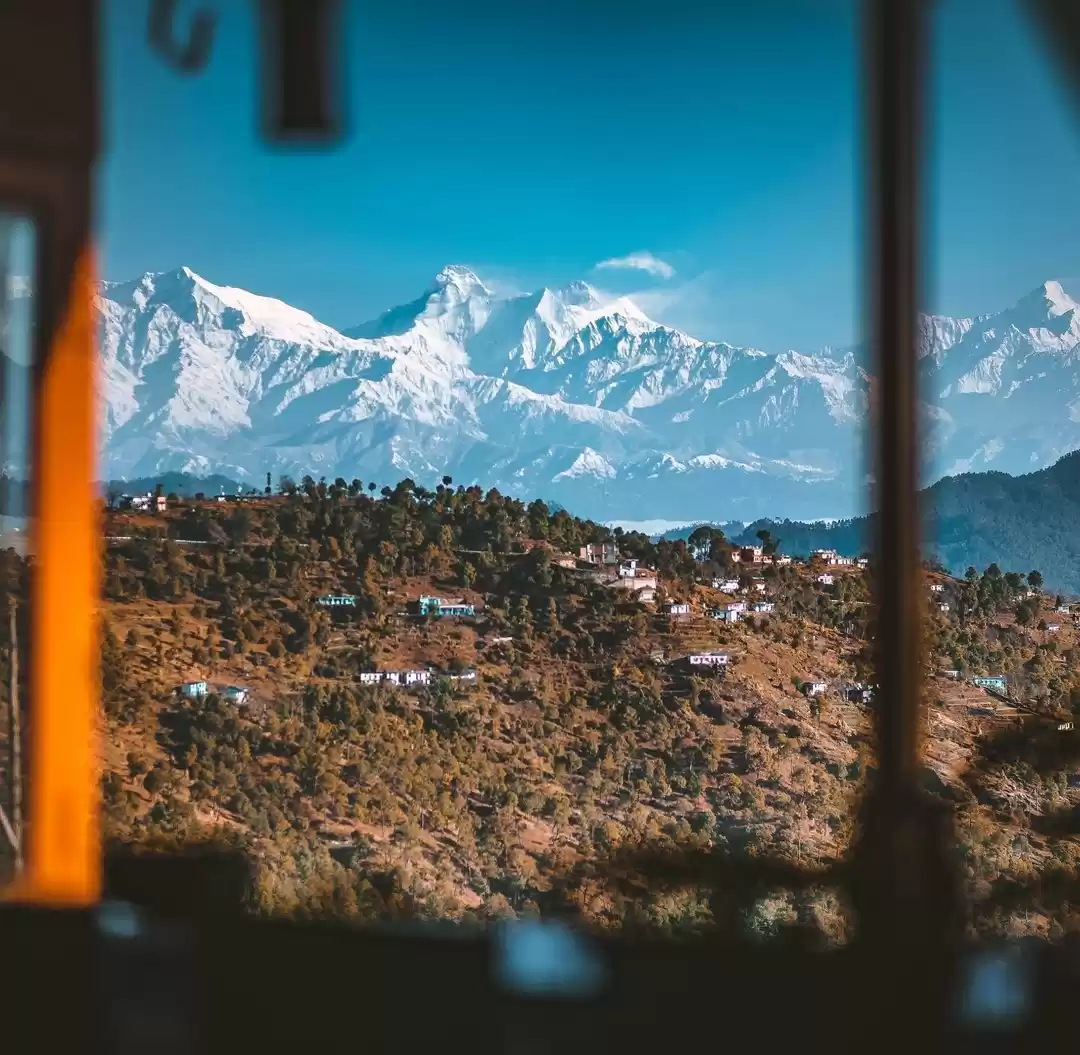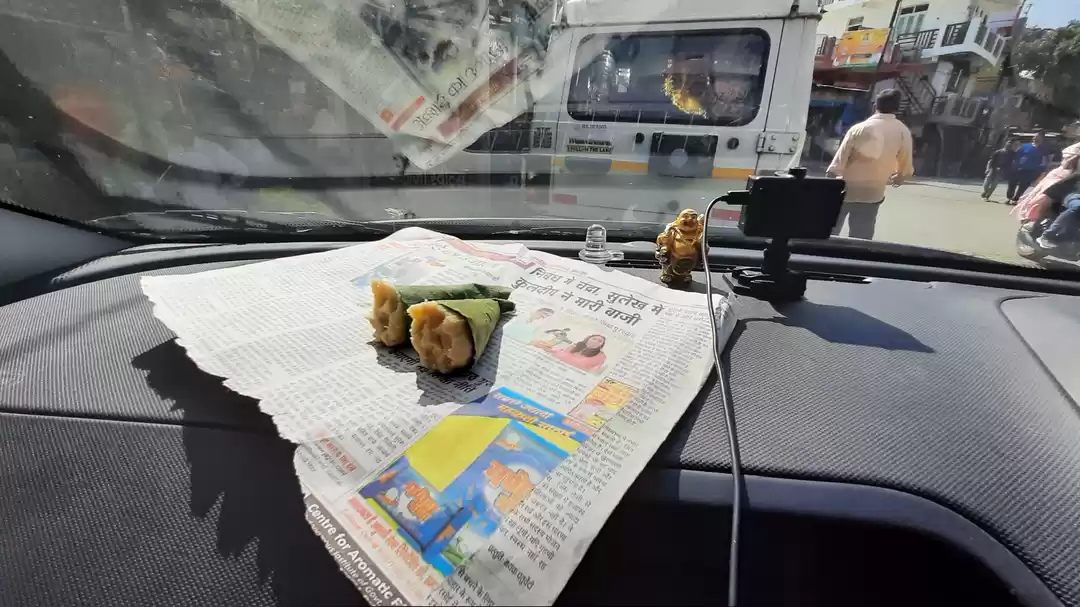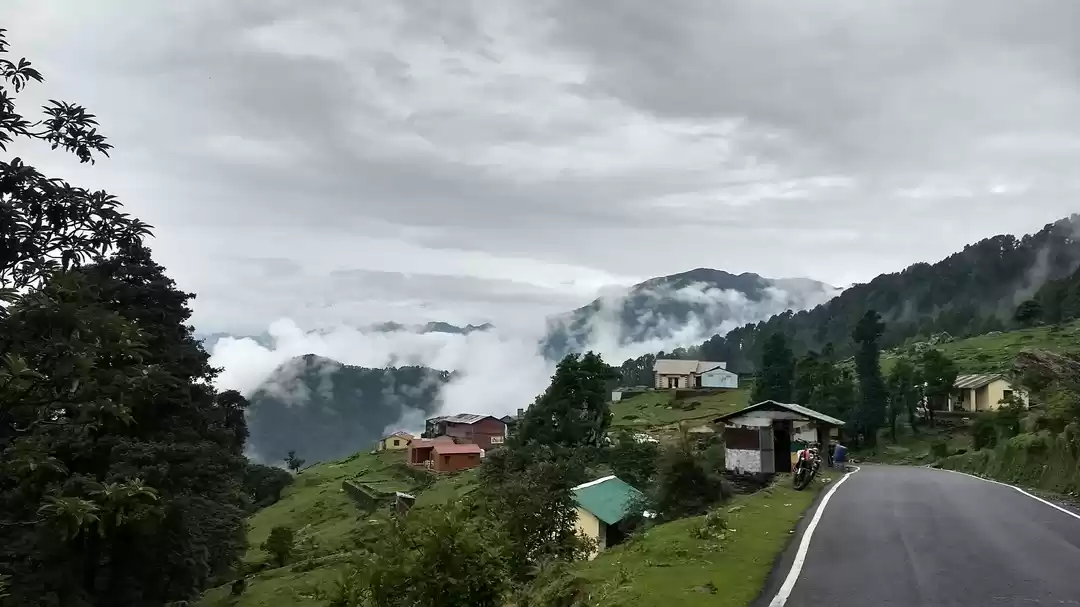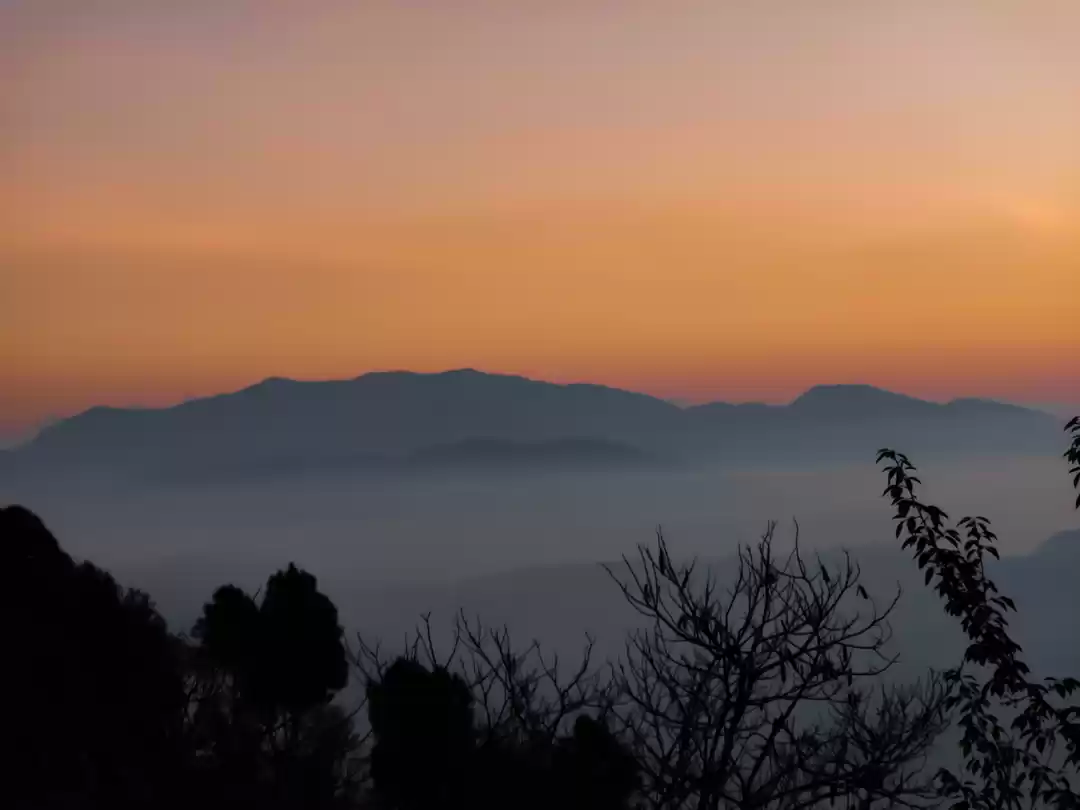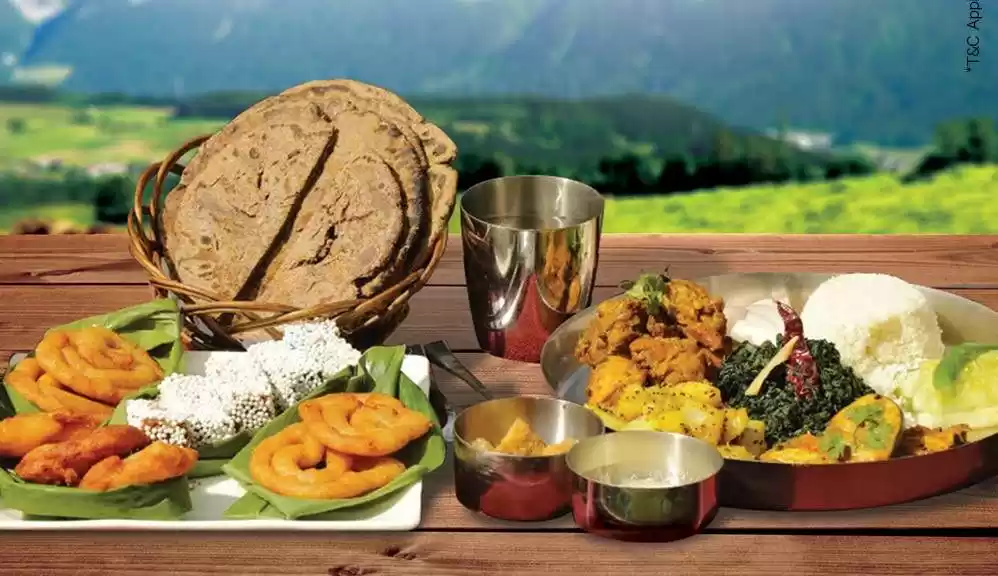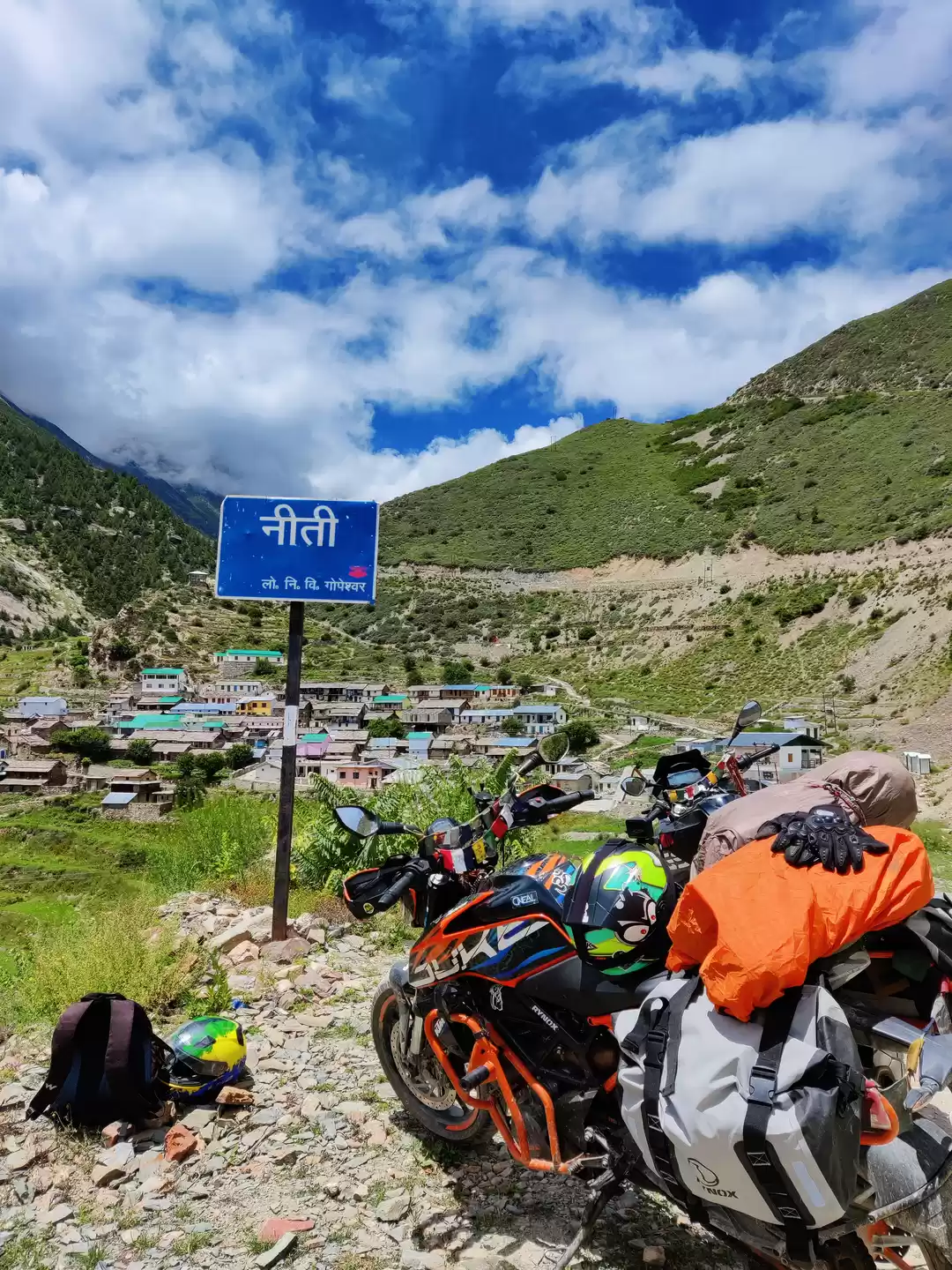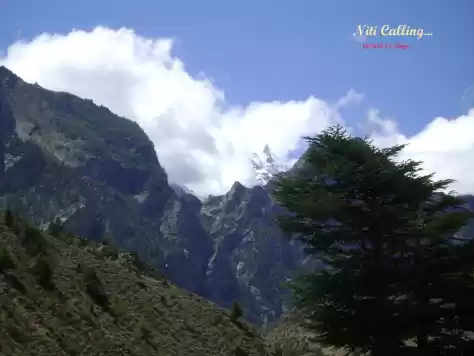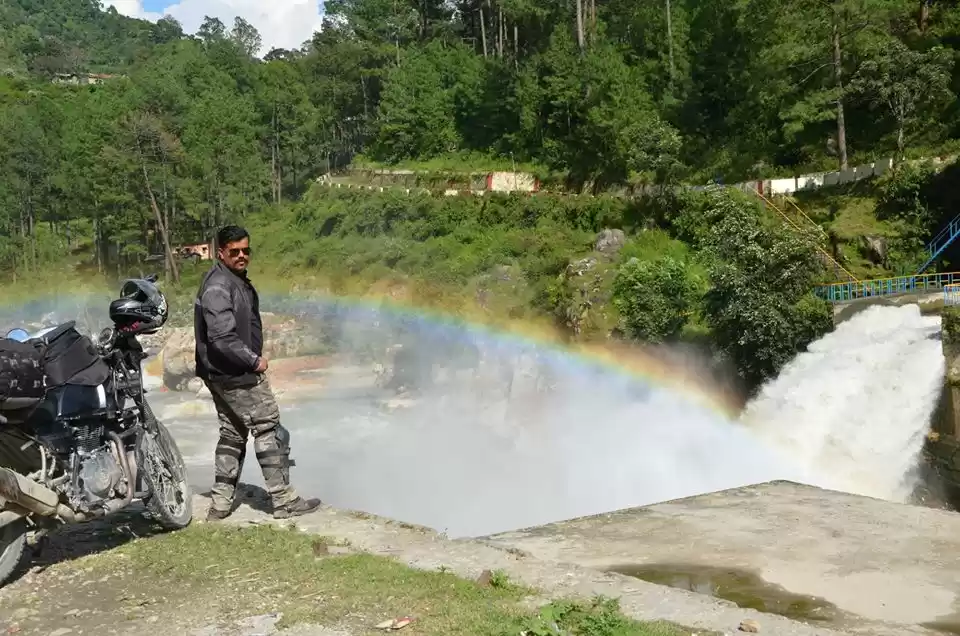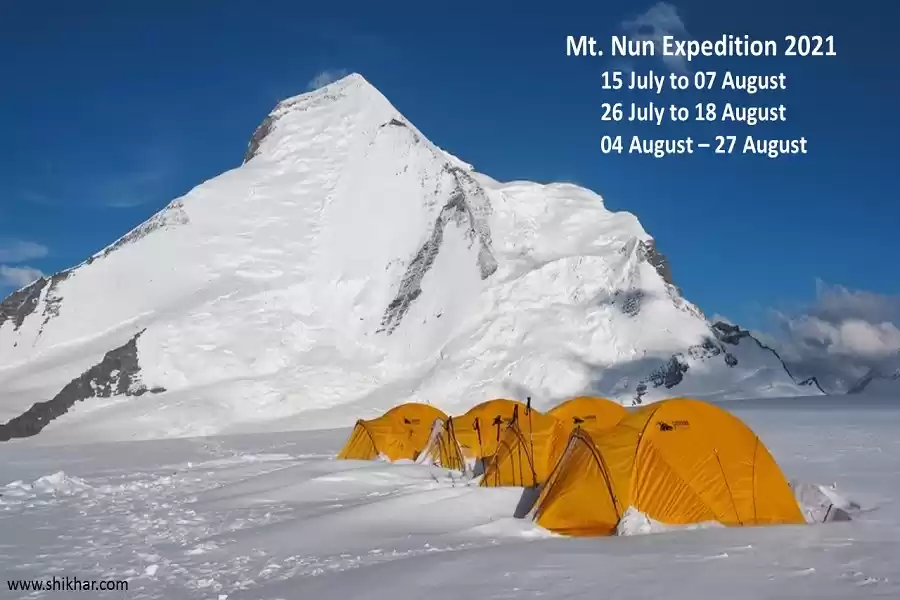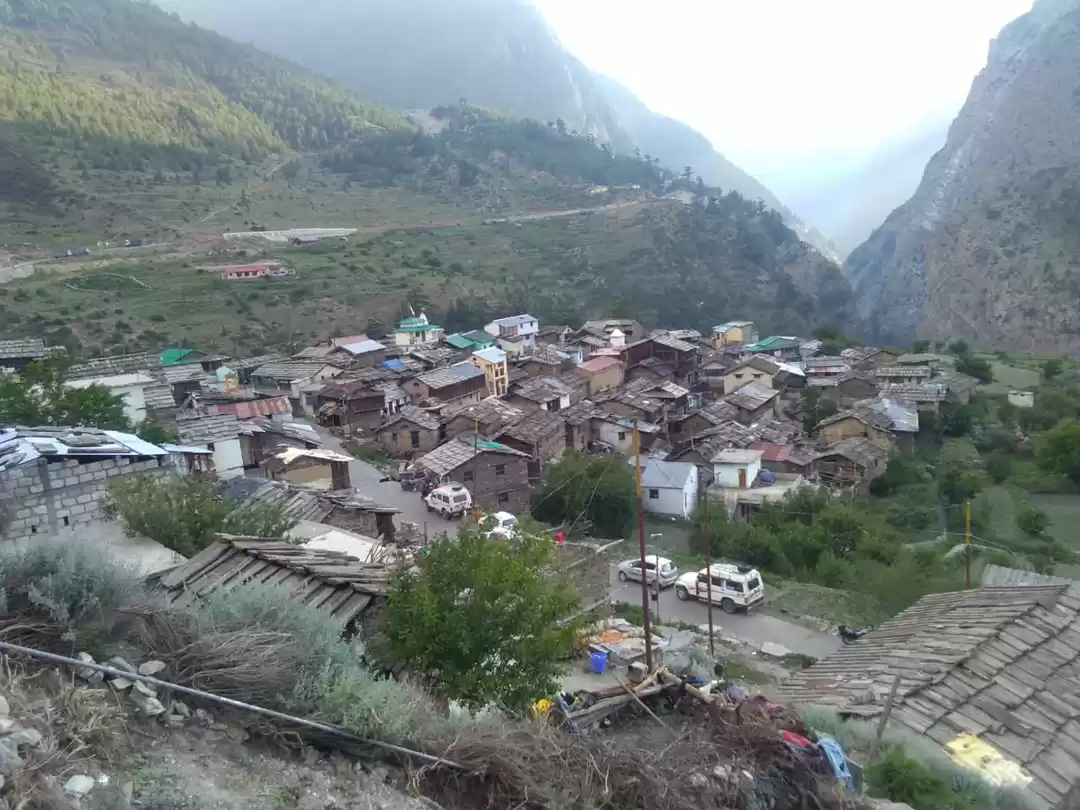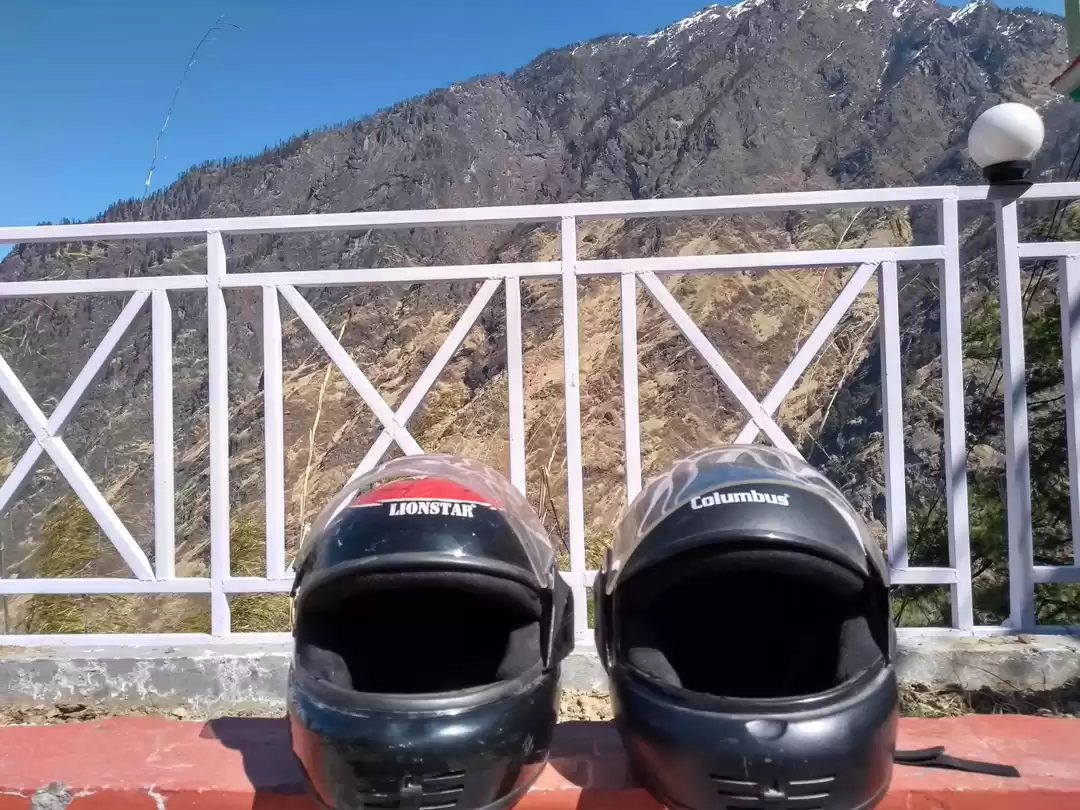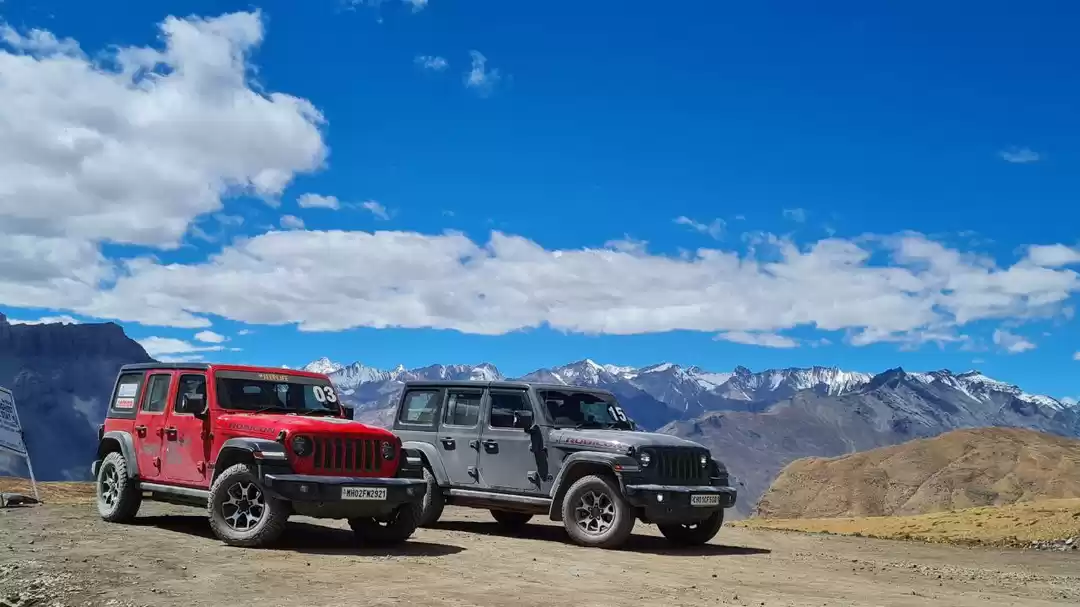Uttarakhand is a land of myths and majestic beauty of the Himalayas. Popularly described as “Dev-Bhoomi” - the Land of the Gods, this Indian state is filled with cultural and religious destinations attracting tourists throughout the year. While the Chhota Char Dham form the epicenter of religious tourism, the Valley of Flowers, Chopta and Dhanaulti have all come to become very famous for their exquisite natural splendor.
Beyond these popular places, Niti Valley is a quaint hamlet that promises to offer an incomparable experience for travelers looking for serenity in the hills.

Niti is a remote valley located in the northernmost region of Garhwal Uttarakhand. Niti Pass was an ancient trade route between India and China, before it was sealed after the 1962 Sino-India war. Lata, Kaga, Dronagiri, Malari, Bampa, Gamshali are villages situated in the Niti Valley of the Chamoli District.
Nestled within the Nanda Devi Biosphere Reserve, Niti is the last village at the Indo-China border that tenders pristine beauty waiting to be explored. At a height of 3600mt above sea level, Niti village is approximately 85 km from Joshimath, the winter seat of Lord Badrinath.

Tapovan
The route from Joshimath is peppered with scenic beauty that soothes the eyes and the soul. The first major destination is Tapovan, located 14 km from Joshimath. Tapovan is popular for its hot spring. The trek to Bhavishya Badri, which is one of the five sacred Badri also originates at Tapovan. It is forecast to become the future seat of Lord Badrinarayan, now housed at Badrinath Dham. People believe that the hot water coming out of the hot springs is medicinal and that it heals skin diseases. Tapovan also leads to the route of Kuari Pass through Chitrakantha. The place also offers sweeping views of Nanda Devi, Dronagiri and other Himalayan peaks.
Dronagiri View Point
The 82 km long Dhauliganga is one of the six source streams of the Ganges river that rises at the Niti Pass. At Raini, 25 km from Joshimath, it is joined by the Rishi Ganga river. The road to Niti Village runs parallel to the Dhauliganga River, crossing it at the village called Suraitota. An abandoned iron bridge over the river is an Insta-worthy spot. Around 17km from Suraitota, Dronagiri Parvat Viewpoint enchants tourists with mesmerizing view of the Dronagiri Peak. Located 12000 ft above sea level, Dronagiri is an ancient village with population not exceeding 100 people.
During the battle of Ramayana, Lord Hanuman had travelled from Lanka in search of the life-resurrecting herb, Sanjeevani Booti to revive the life of Lakshman. This is believed to be the spot wherefrom Lord Hanuman had lifted the whole mountain when he could not locate the mystical herb in the forest. Curiously, worship of Lord Hanuman is prohibited here since the Dronagiri Mountain, which he had defaced, was considered sacred by the locals.
Malari
Sharp bends with frighteningly steep gorges to the left, small bridges over mountain streams and intermittent view of waterfalls along with amazing views of the mountains make this route thrilling and enjoyable. Settlements that are few and far between, with little houses hanging precariously upon cliffs make this destination truly offbeat. The unique architecture of slate roofing of houses make Malari very picturesque.

The inhabitants of Malari village are majorly Bhotia tribes who depend on sheep rearing and cultivation of pulses for their living. Travelers may also explore the neighboring village of Reni, where the Chipko Movement had originated in 1973.
Niti
The second last village on this route is Gamshali, which is the terminal point of Guptkhal trek or Bhyunder Khal Trek. It is located around 13 km from Malari. Uneven, unmetalled roads lead from Gamshali to the last Indian village, Niti, which is just 5 km from Gamshali.
Unlike Mana, which is also a terminal village at Indo-Tibetan border, Niti is scarcely populated. This tiny village lies in the Nanda Devi Biosphere reserve, which is a World Heritage site. With less than 50 families residing in the Niti village, the only sound that breaks the silence of this remote village is perhaps the noise of the river. Given the extreme isolation of the village and the heavy snowfall it experiences – the village is inaccessible during the harsh winters.
Hence, the inhabitants of Niti spend their time here between April and October and migrate to lower altitudes before the onset of snowfall. Kidney beans (Rajma), Basmati Rice, Apricots, medicinal herbs, mulberry and apples are majorly grown.

The traditional dress worn by the Rongpa community here in Niti valley is made with layers of wool. Women wear a woolen skirt, shirt, waistcoat or overcoat. They usually adorn their neck, ears and noses with beads and rings of gold and silver. The men typically wear trousers with a loose gown tied to the waist with a piece of cloth, called the patta. Like in Mana, these villagers also sell woolen scarves and caps.
There is no hotel in Niti valley. But the villagers are extremely hospitable and welcoming. They would happily serve tourists tea or meals in their own homes. Tourists generally make a daytrip to Niti village from Joshimath.
For travelers seeking to soak in the enchantment wholly, Hill View Homestay (Contact- 7819028284) offers option for decent accommodation and food.
The Pilgrimage

Niti also boasts of a lesser known pilgrimage site. Uttarakhand is most popular for the Chhota Char Dham Yatra that involves visiting Gangotri, Yamunotri, Kedarnath and Badrinath Dham. But there are myriad temples related to stories from our legends. Once such site of pilgrimage is the Mahadev Temple in the Niti Valley, between the villages of Gamshali and Niti.
The temple is a cave that houses a lingam formed by ice. Much like the Amarnath shrine in Jammu and Kashmir, ice takes the form of a lingam and worshipped as Lord Shiva. During the Hindu calendar month of Shravan (July-August), lakhs of devotees undertake an arduous 40km yatra to pay obeisance to the ice stalagmite lingam at Amarnath Cave. The ice-lingam in the cave in Niti Valley is also highly revered by locals. The cave requires a mild trek of about a km from Niti village to reach.
Tourism is scarce at the Timmersain Mahadev Temple. Tourists are required to fill up an application form at Tourism office at Joshimath to travel to the cave. Currently, only a handful of people are given permission to visit the shrine each day.
How to reach Niti Valley?
By Air : Jolly Grant Airport (272 km) is nearest to Joshimath.
By Rail : The nearest railway station to Joshimath is Rishikesh (250 km). Rishikesh is well connected to major cities of India.
By Road : Joshimath is the most prominent city in Chamoli district of Uttarakhand. The NH-7 (old NH-58) connects Hindu pilgrim centres of Rishikesh, Devprayag, Rudraprayag, Karnaprayag, Chamoli and Joshimath with Dehradun and Chandigarh. Regular buses and shared jeeps are available for travel to Joshimath. Shared taxis run between Joshimath and Malari, but they are not always available. Hence, tourists may undertake the journey upto Niti in hired vehicles from Joshimath. Tourists must keep the following in mind:
*Fuel- Fuel refilling is an issue on this route. It is advisable to fill the tank at any of the stations in Joshimath at the onset, since there aren't any petrol pumps beyond Tapovan.
*Network- Mobile communication is unavailable in Niti village. The only option is perhaps the state run BSNL booths.
*Health- At such excruciating heights, tourists must keep track of saturation and avoid the trip in case of any sort of breathlessness or discomfort.
*Weather- As the snow melts at higher altitudes, dense clouds lead to rainfall in afternoons. Hence, it is advisable to start the onward journey early, so as to return to Joshimath before sunset.

Niti is not an ordinary tourist destination. It is a critical place tucked within the Nanda Devi Biosphere. Travelers looking for tranquility and solace may appreciate this hidden gem for the uncharted trails and raw beauty. Niti adds a lot of charm, peace and a special appeal that is so unique about Himalayan towns and hamlets. The rugged mountainscapes, the distant ice-clad peaks, the river accompanying along the route and iron bridges - Niti offers a taste of Spiti in Uttarakhand!
Connect with me on Instagram to follow my adventures, and in case you think we've missed out something, please tell us about it in the comments below. Or write about it here on Tripoto.



